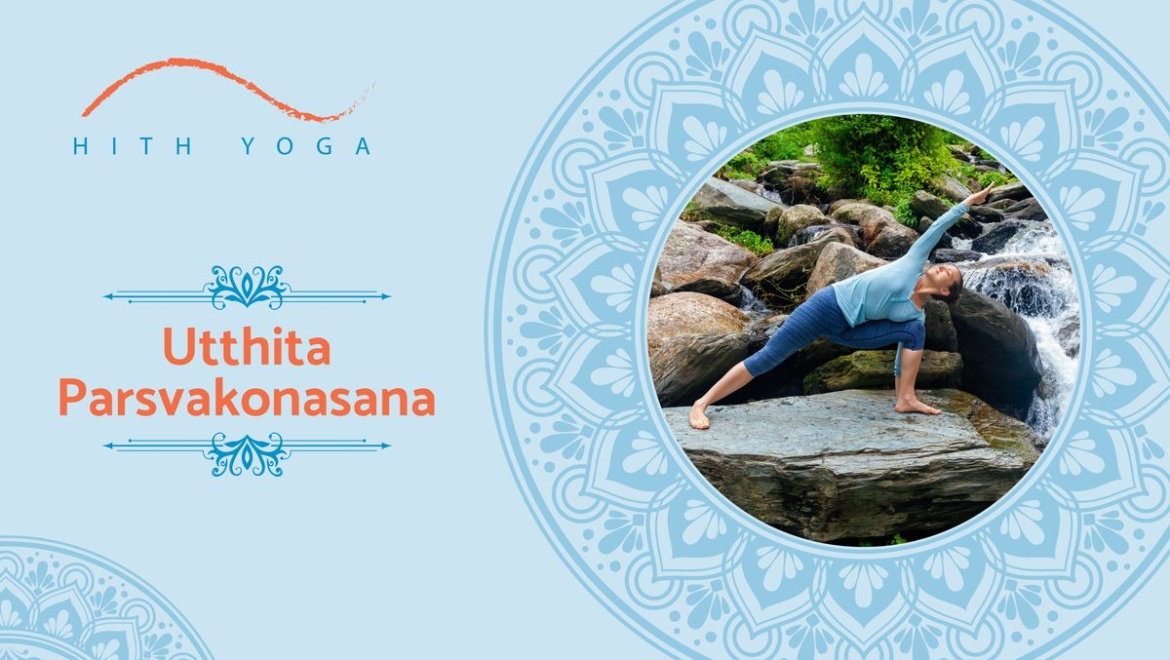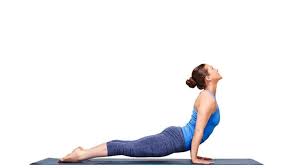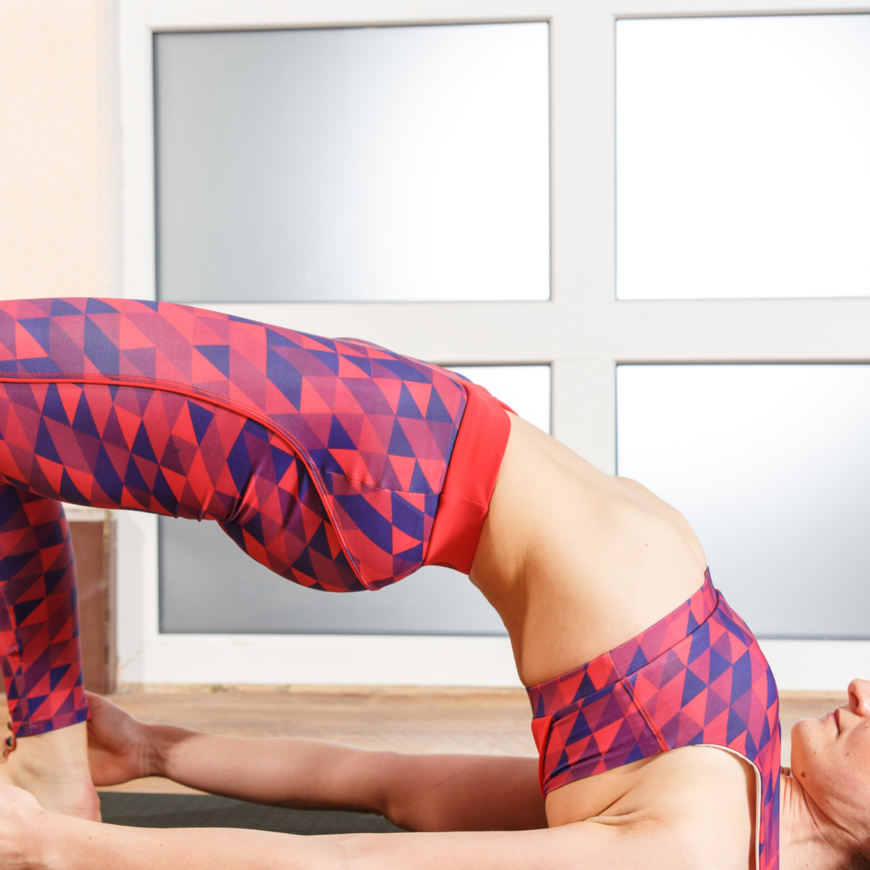Introduction
Utthita Parsvakonasana comes from the Sanskrit word ‘utthita,’ which means extended, ‘parsva’ means flank or side, ‘kona’ means angle, and asana means posture or pose. The complete meaning of Utthita Parsvakonasana is a standing side stretch. The pose’s variation requires balance and flexibility with legs in virabhadrasana, the leading leg flexible at a 90-degree angle, and keeping the back leg straight. The arm that leads rests on the leg that leads or reaches the ground, and the other arm extends forward and overhead, stretching the body’s side. Utthita Parsvakonasana is also called an extended side angle pose.
How to do Utthita Parsvakonasana?
The asana is a crucial component of other yoga styles and part of the primary series of Ashtanga yoga. The related pose of Utthita Parsvakonasana is ‘Parivrtta Parsvakonasana or revolved side angle pose, a posture where the arm positions are reversed, the hands are placed in prayer position in some postures. Utthita Parsvakonasana has the same stance as Utthita Trikonasana or revolved triangle pose. Utthita Trikonasana is practiced with both legs straight.
Step 1: Start with Tadasana or Mountain pose; on an exhalation, lightly jump or step your feet 3.5 to 4 feet apart. Stretch and keep your arms parallel to the floor, raise your arms and reach them actively out to the sides, palms down, and shoulder blades wide. Turn the left foot slightly to the right and keep the right foot out to the right at 90-degrees. Keep your right heel in alignment with the left heel. Turn your right thigh outward, keeping your thighs firm so that the center of the kneecap is aligned with the center of the right ankle. Towards the right, roll the left hip slightly forward and rotate your upper torso back to the left.
Step 2: Anchor the back heel (left) to the floor by lifting the inner left groin deep into the pelvis. Bending the right knee over the right ankle and exhaling, see that the shin is perpendicular to the floor. When you bend the knee, reach the inner knee toward the foot’s little-toe side and try bringing the right thigh parallel to the ground.
Step 3: Now, tighten your shoulder blades against the back ribs and extend your left arm in the upward direction. Turn left palm towards your head, and with a deep breath inside, reach the arm over the back of your left ear with your palm facing the ground. Now, stretch the left heel, through left fingertips, and lengthen the whole left side of your body. Turning your head towards the left arm, release your right shoulder away from the ear. Create as much gap along the right side of your torso as you would do along the left.
Step 4: Continue to ground your left heel to the floor, lay the right side of your torso down, or bring it close to the top of the right thigh. Press your right palm or right hand’s fingertips on the floor outside of your right foot. Push the right knee actively back against the inner arm and counter by burrowing the tail bone into the back of your pelvis and towards the pubis. The long edge of the yoga mat should be parallel with the inside of your right thigh.
Step 5: Hold the posture for 30 seconds to 1 minute and come up while you inhale. Firmly push both the heels into the floor and reach for the left arm with force upwards to lighten the upward movement. Reverse the feet and repeat the same process with the left side for the same time limit and come up with the first pose.
Benefits of Utthita Parsvakonasana
- This pose enhances the muscles to gain full leg strength with the alignment of the foot, knee, ankles, and hip. The overall lower body also strengthens because of the deep stretching of the leg.
- The posture improves flexibility at the joints with a deep stretch at the hip, knee, and ankle. Also, it helps to make the leg strength for other advanced poses. The flexibility and strengthening of these joints work for balancing poses while standing too.
- When it moves forward and downwards simultaneously with the torso, the upper body position adds to the chest’s complete opening in a simple twist and takes the shoulder back and out. The muscles around the chest and shoulders expand entirely because of the arm’s stretching out, which improves the breathing process and provides instant energy to the entire body.
- It helps tone the body and the muscles around the arms, chest, abdomen, legs, and hips and build and develop strength and stamina.
- One needs to understand the body’s movement while practicing this pose to gain maximum benefit. The alignment of the Utthita Parsvakonasana’s posture adds beauty to the overall body. Backaches can be healed when practicing this pose, along with other poses regularly. Ensure that the hips’ movement here while the torso goes inside bend. It may cause more harm in getting the alignment wrong than curing the back.
There are other benefits of Utthita Parsvakonasana, like flexing the spine, soothing abdominal muscles, improving digestion, great therapy for sciatica, reducing menstrual discomfort, and helping athletes tone their calves and hamstrings.





Add Comment